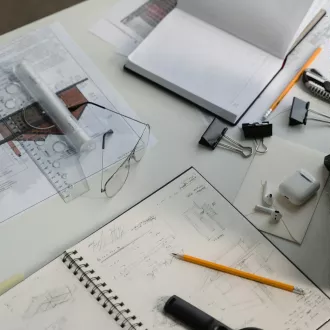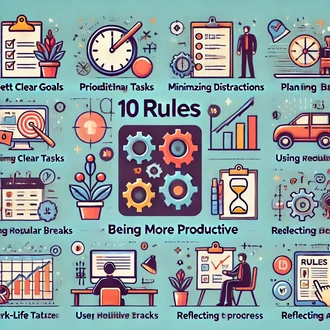Transcription Surrounding ourselves with like-minded people
In the workplace, it is natural to seek connections and build relationships with people who share similar interests, values and perspectives to our own. However, this tendency to surround ourselves with similar people can lead to affinity bias, which affects diversity and productivity in the workplace.
In this session, we will explore what affinity bias is, how it can influence our work decisions and relationships, and how to overcome this bias to foster a more inclusive and productive environment.
What is affinity bias?
Affinity bias, also known as similarity bias or camaraderie bias, is a natural tendency for people to favor and be attracted to those who share characteristics similar to our own.
These characteristics can include interests, values, cultural, educational and professional backgrounds. If we are unaware of this bias, we may unintentionally surround ourselves with people similar to ourselves, which can lead to the exclusion of diverse perspectives and talents.
Affinity bias can have a significant impact on work productivity. By surrounding ourselves exclusively with similar people, we risk limiting the diversity of ideas and approaches in the workplace.
Diversity in teams and work groups has proven to be key to innovation and problem solving, as different perspectives can bring creative and effective solutions to work challenges.
Forming "affinity groups"
Affinity bias can lead to the formation of "affinity groups" in the workplace, where people with similar characteristics cluster and collaborate with each other, leaving out other colleagues who could contribute valuable ideas. This can create a divisive work environment and hinder effective communication across teams and departments.
Breaking affinity bias
To overcome affinity bias and foster a more inclusive and productive work environment, it's critical to take conscious action. Here are some strategies to break this bias:
- Encourage diversity in hiring: In the hiring process, it is important to actively seek out candidates from diverse backgrounds and experiences. This will help ensure that the team is comprised of people with different perspectives and skills.
- Establish opportunities for interaction: Creating opportunities for employees to interact and collaborate with colleagues from different areas and departments can help break down the barriers of affinity bias. Interdepartmental meetings, cross-departmental mentoring programs and team activities can facilitate this interaction.
-
Recent publications by productivity work




